It was around six years ago that ecologist Ayushi Jain arrived in Kasaragod, Kerala, in search of the Asian giant softshell turtle (a large freshwater turtle). She interacted with the community, took them into confidence and eventually spotted the turtle. She went on to document the critically endangered species, with the support of the people, who continue their efforts to protect the turtles.
Ayushi’s efforts are told in the documentary Saving the Bhimanama: Ayushi Jain and a Giant Turtle, directed by Bahar Dutt and Vijay Bedi, which recently received the award for the best documentary (jury) at the 15th Dadasaheb Phalke Film Festival 2025.

Hatchlings of the Asian giant softshell turtle | Photo Credit: SPECIAL ARRANGEMENT
The 11-minute documentary is produced by Roundglass Sustain, which has been ‘telling stories of India’s wildlife and habitats to create awareness and support conservation’. “This documentary is part of the Science in Action series, which talks about the scientists and their work through which we know more about the species. Ayushi’s story stands out not just because of the turtle but also because of the community’s involvement,” says Samreen Farooqui, who produced the documentary for Roundglass Sustain. She adds, “In spite of being the largest and rarest, the turtle was overlooked. At Roundglass, we talk about things that are overlooked.”
The olive-brown turtles, exceptionally long for a freshwater turtle (one metre) and one of the largest, weighing up to 100 kilograms, is called the Asian giant softshell turtle due to its distribution in Asia. It is also known as the Cantor’s giant softshell turtle, after Dr Theodore Edward Cantor, a zoologist and botanist. In the local parlance, it is often referred to as Bhimanama (bhiman means giant and aama is turtle) and Palapoovan, since its features resemble palapoo or the flower of Indian devil’s tree.

Ayushi Jain (left) and Bahar Dutt in the documentary | Photo Credit: SPECIAL ARRANGEMENT
In an email interaction, Ayushi, currently pursuing her PhD at the University of Miami, says, “In 2022, when the documentary was filmed, it was the second video documentation ever of how they hatch in the wild. The first such shoot happened in Cambodia.”

Asian giant softshell turtle | Photo Credit: Special Arrangement
The only clue that Ayushi, a Zoological Society of London–National Geographic EDGE fellow, had when she reached Kasaragod was a report by a Kerala-based scientist about the turtle being sighted by a fisherman in an estuarine habitat several years ago. “There were hardly any documents available to read about the turtle. So I approached the fishermen who used to get these turtles in their nets as bycatch,” Ayushi says in the documentary.
Once she gained the trust of the people, she educated them about the turtle and trained them to release those caught in their nets. In return, the natives, especially the fisherfolk, told her about its nesting sites so as to protect the eggs.
For the turtle
Ayushi, who did her graduation in Zoology, completed her Masters in Ecology and Environmental Sciences from Pondicherry University. Ayushi says, “My research interests broadly circle around understanding the ecology and conservation of freshwater turtles along with community-led approaches for sustainable management of threatened species. My ongoing work as the Habitats Trust Conservation Hero grantee involves training local community members and forest managers for the long-term protection of species nests and nesting grounds in Kerala. As a PhD student in the Conservation Ecology Lab, my goal is to make policy recommendations and management strategies to reduce threats to freshwater turtle populations and their habitats.”
It was difficult to study the turtles because of their secretive nature, writes Ayushi in an article. They lie buried in the riverbed waiting for the prey. Ayushi notes that their eyes, present on the top of their head allow them to detect their prey while they remain hidden. So they are ‘highly specialised ambush predators with aggressive behaviour, a lightning speed strike and a powerful jaw’.

Asian giant softshell turtle | Photo Credit: SPECIAL ARRANGEMENT
Ayushi, 29, who hails from Agra, adds that illegal and check dams, and extensive illegal sand mining have posed a threat to their natural habitat, the riverbeds. Ayushi’s work is the first such long term documentation on the turtle.
Bahar, a prominent name when it comes to reporting some of the path-breaking environment-related stories, says the documentary was special on many accounts. “When we were informed that the eggs were about to hatch, we rushed and reached the spot on time to witness the babies come out of the shells. The heartening moment was that the entire community was present when the baby turtles were released into their natural habitat. It was not staged. Everyone wanted to be there and the exhilaration of the community was overwhelming,” says Bahar. She recalls that the documentary had also won a silver award in the Video Spot News/Feature Reporting category in the 2023 AAAS Kavli Science Journalism Awards.
The officials with the Department of Forest, who were extremely supportive of Ayushi’s work, were also present at the time of releasing the turtles.

Ayushi Jain | Photo Credit: Special Arrangement
Ayushi says, “There are continued efforts in Kasaragod to protect the nests and release the hatchlings into the Chandragiri River, with community and the forest department playing a central role in this initiative. Having established a rapport with the community and developed close relationships with some local families, it was incredibly fulfilling to see my mission of protecting the turtles become a shared goal among the community.”
As part of her PhD, she is focusing on improving the management of the Bavikkara Dam to prevent nest inundation for the species in Kasaragod. “During the first four months of this year, I conducted nesting surveys in Kasaragod and studied dam management to propose strategies for its sustainable operation,” she adds.
Watch the documentary on Roundglass Sustain’s YouTube channel.
Published - May 21, 2025 03:59 pm IST

 6 hours ago
1
6 hours ago
1
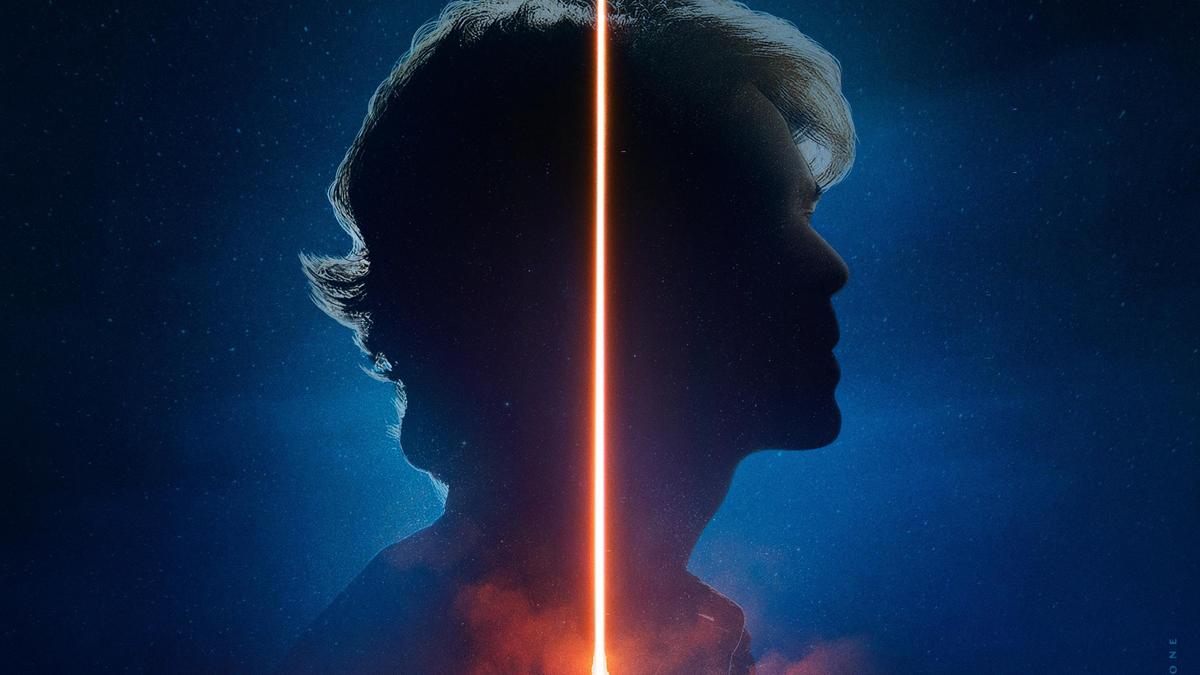
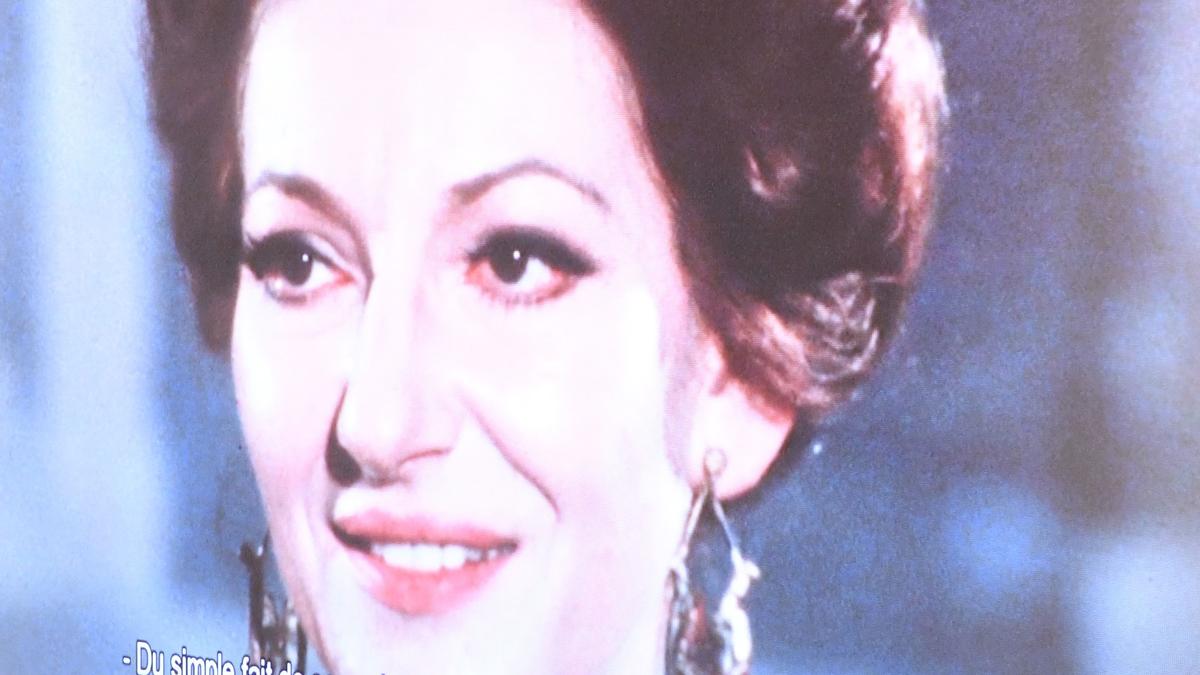









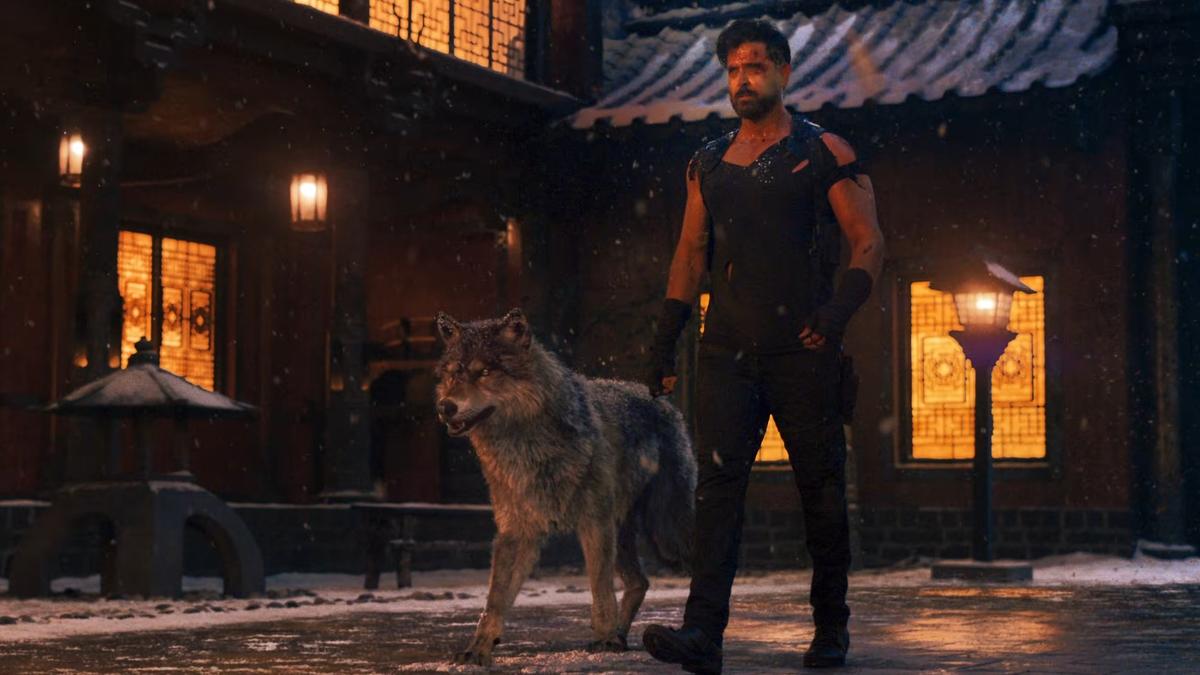






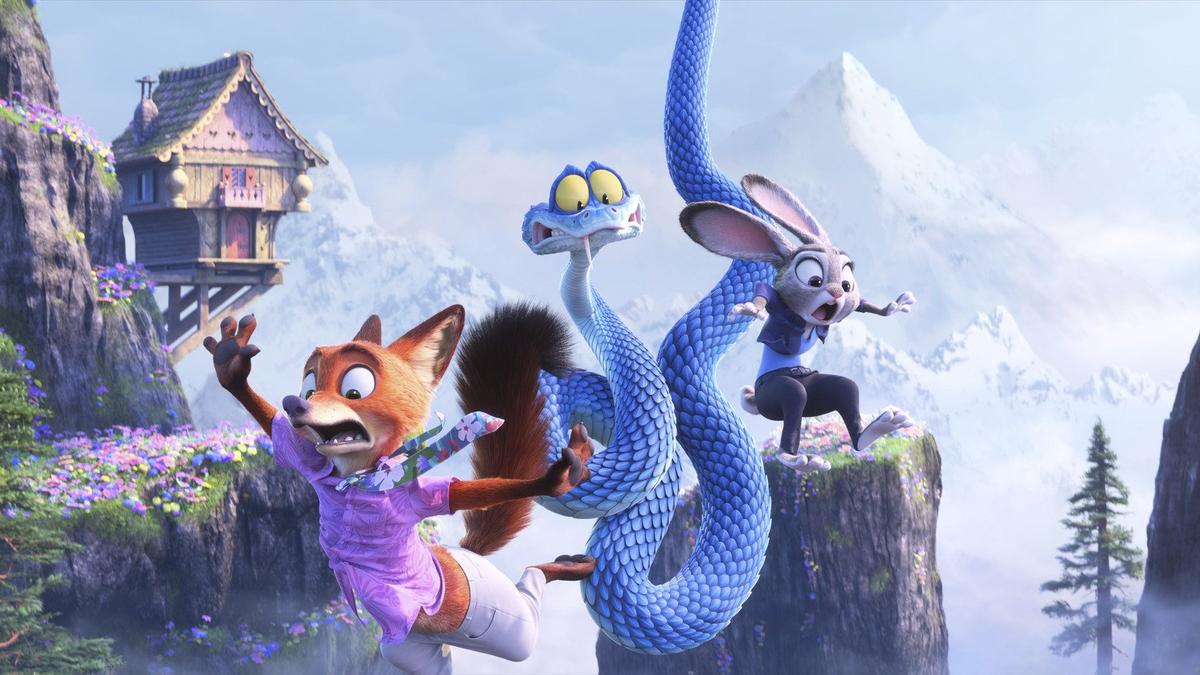
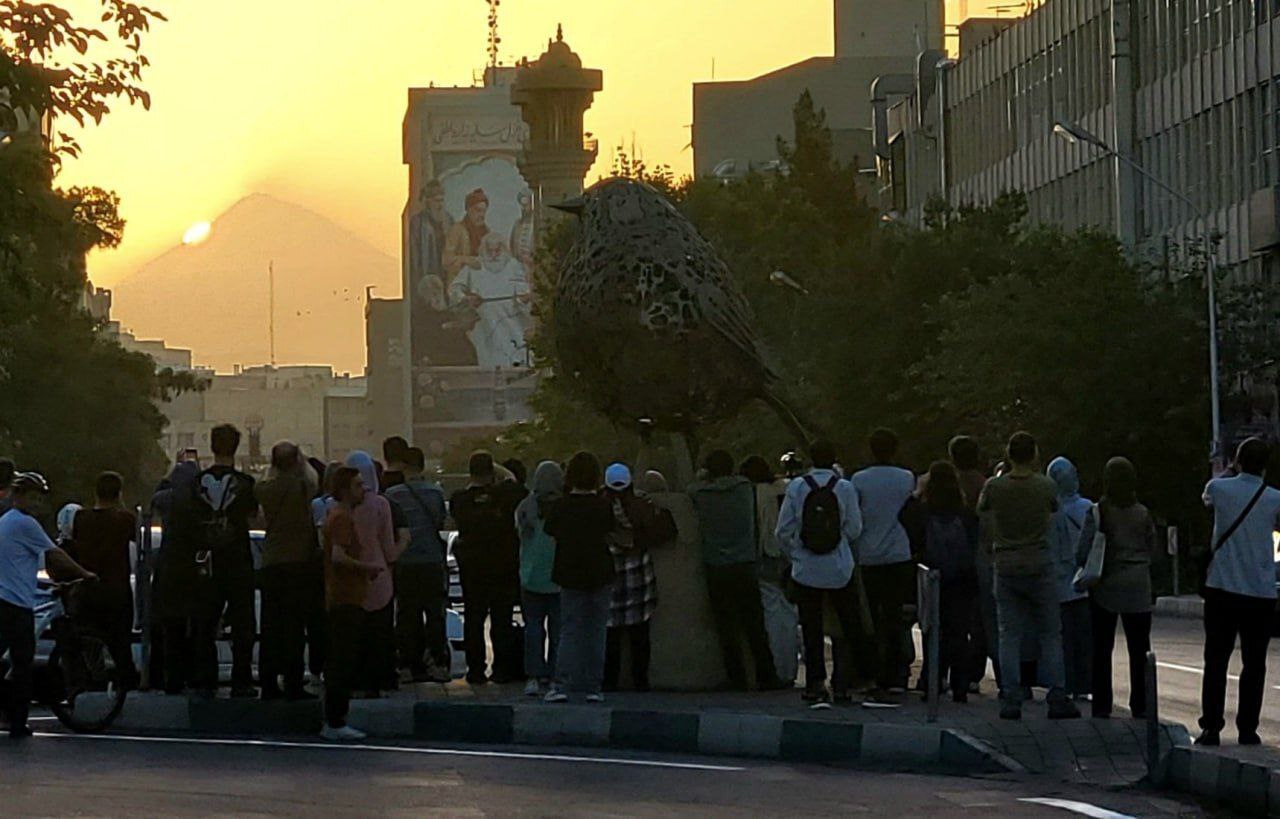

 English (US) ·
English (US) ·